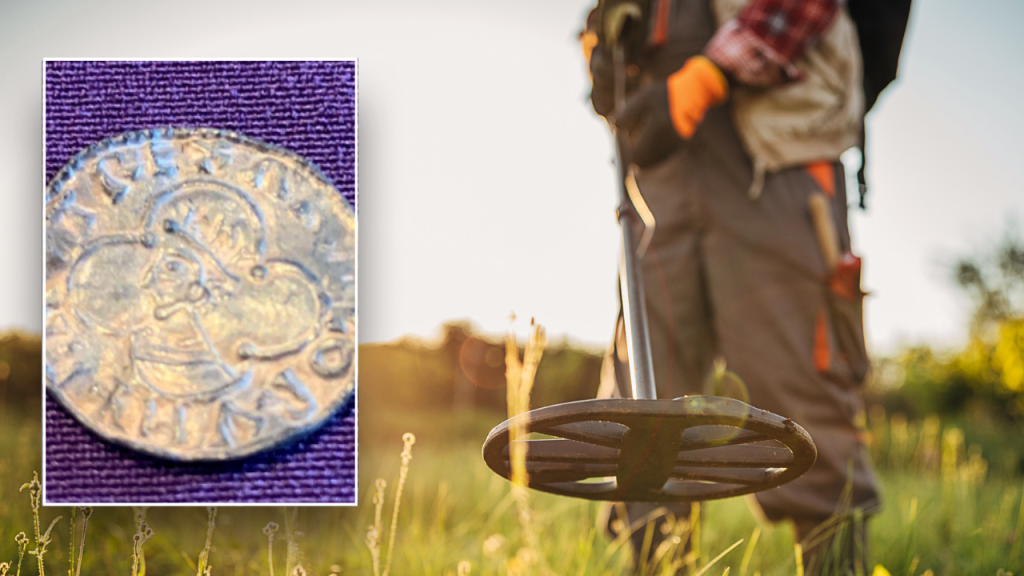British historians recently announced the discovery of a 1,000-year-old Viking “wallet,” found by two metal detectorists on the Isle of Man. The hoard consists of 36 silver coins minted between 1000 and 1065, during the time Vikings inhabited the island. The majority of the coins were minted during the reign of Edward the Confessor, with English kings Aethelred II and Canute also represented. The Irish coins date back to the middle of decades of AD 1000 and feature the profile of King Sihtric Silkbeard, the Norse King of Dublin from AD 989 to 1036.
The discovery of the Viking “wallet” provides a rare opportunity to study currencies side by side, offering valuable insight into the economy and trade history of the time. Dr. Kristin Bornholdt Collins, a researcher, likened the hoard to a wallet containing various credit cards, notes, and coins from different nationalities. The expert noted that having this much closely dated comparative material from separate finds is highly unusual and offers a unique perspective on the period. Historians believe the hoard was abandoned around 1070, shedding light on the vibrant and mobile economy of the Viking era.
The geographical range of mints represented in the hoard illustrates a thriving trade network, with cash and traders moving through Ireland and England via the Isle of Man. The discovery also offers valuable information about the history of the island, known for harboring priceless Viking artifacts. Allison Fox, a curator for Manx National Heritage, stated that the find further enhances our understanding of the complex Viking Age economy on the Isle of Man. The island has yielded more Viking Age silver per square kilometer than England, Ireland, Scotland, and Wales, making it a crucial site for archaeological research.
The coins included in the hoard were minted in various locations, such as York, London, Lincoln, Cambridge, Hastings, Ipswich, Exeter, and Dublin. The mix of currencies reflects the diverse trade relationships and economic activities of the period, highlighting the interconnectedness of different regions. Canute, a Viking ruler who united the kingdoms of England and Denmark, is also represented in the hoard. The discovery of such a varied collection of coins provides a unique glimpse into the daily transactions and financial interactions of individuals in the Viking era.
The treasure hoard found by metal detectorists John Crowe and David O’Hare is a significant archaeological find that adds to our understanding of Viking economic activities and trade networks. With coins dating back to the early 11th century, the hoard provides a rich historical context for studying the economic relationships between different regions in Europe during the Viking Age. The varied nature of the collection, including English and Irish coins, showcases the diversity of currencies in circulation at the time and highlights the importance of the Isle of Man as a hub for trade and commerce.













